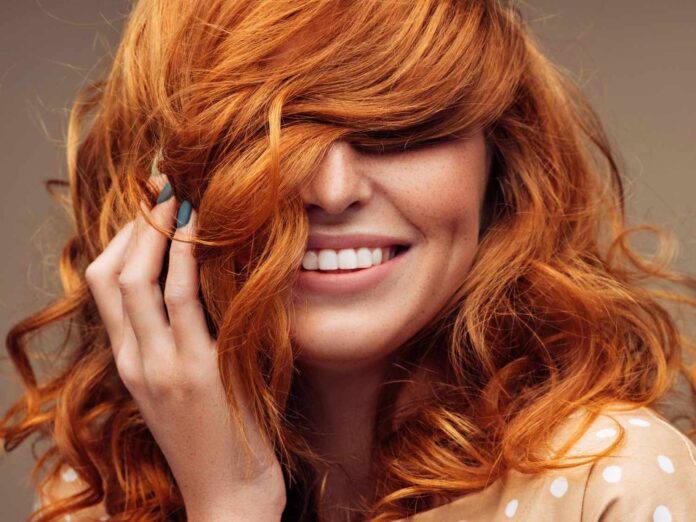
Table of Contents
Finding the right hair color for any situation
Many people undergo the decision to change their hair color. This decision can occur as a result of upheavals in one’s life, or simply be related to the desire for change. Especially after hair extensions people ask themselves this question.
Nevertheless, the choice of hair color is often not as easy as many people assume. The color change is related to what skin type a person brings, what preferences he has and how strong the change should be.
In the following article, the most important key points regarding hair coloring will be taken up and explained so that nothing can go wrong in the future.
A change of hair color requires a lot of time and patience
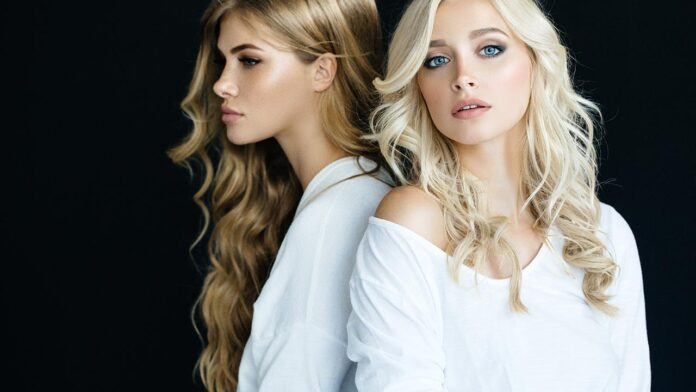
If you spontaneously think about bleaching your hair, for example, you cannot implement this decision from one second to the next. Instead, some preconditions have to be met. The person should ask himself whether he wants to dye his hair himself or a professional hairdresser should take over this task.
Furthermore, before coloring, it should be checked whether the potential new hair color matches the skin type and eye color.
The process of coloring also requires a lot of time. Here, the hair must be prepared accordingly, the color is touched and must then still dry in. The whole process can take several hours.
To make this effort worthwhile, it should be checked beforehand whether the new hair color suits your own skin type.
What skin types are there?
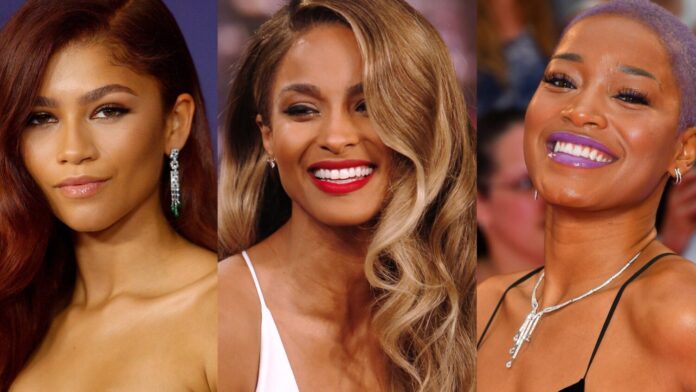
In order to find out how hair color and skin match, one must first be aware of which skin type one belongs to. A distinction is made between warm, cold and neutral skin types.
Who wears predominantly golden jewelry, is to be assigned to the warm type. Who wears silver, however, belongs rather to the colder skin types.
Clothing, for example the scarf, also provides information about which skin type a person has. Thus, the scarf can be held to the hair to check how well one’s clothing style matches the color tone of the hair.
The type of warm colors is also characterized by many freckles. On the other hand, those who burn quickly in the sun are more likely to be of the cold skin type. This categorization can always be continued in this way, for example by looking at the color of the veins on the wrist, the color of the eye shadow and much more. In this way, everyone can classify themselves.
How hair color and skin type interact (or not)
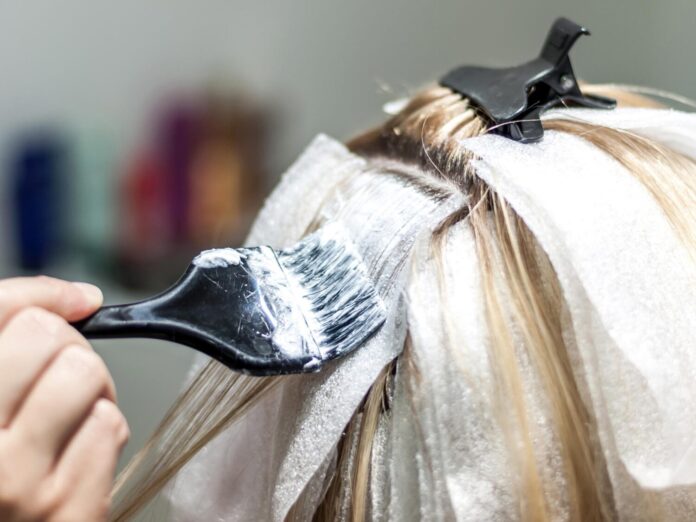
Now that everyone knows their own skin type, it’s time to classify the correlation between skin type and hair color in more detail.
If you have a warm skin type, for example, you have more freckles and wear warmer clothes, warm colors will suit you. Warm colors include golden blondes and warm beige tones. They perfectly complement the warm skin type.
Accordingly, a cold skin color also suits the cold skin type. Here, for example, you could blond the hair to create a cold color.
Finally, there is the neutral skin type. It stands approximately between the cold and the warm skin type. This type has the advantage that it can wear almost all colors. This selection can be thought of as a spectrum. In this spectrum, the light and dark types are found at the two poles, while the neutral type represents the broad midfield. He has the luxury of being able to wear almost any hair color. He can bleach his hair or dye it brown.
Whole specific shades for both spectrums
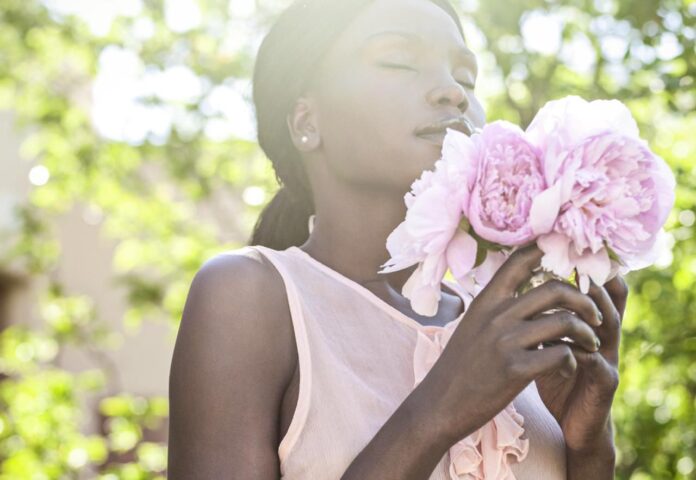
If you are looking for a specific hair color to match your skin type, you can try shortcuts. These indicate what color intensity is built into the tincture so that the final color perfectly matches the corresponding skin type.
If you are more of a warm skin type, you should try B5.3/8.0, M5.4/7.8, C7.3/8.3, 8.0. Alternatively, C2.0/5.1, 2.0, C1.2/5.0, 7.8 could be a suitable solution.
For cold skin types who want to bleach their hair, for example, the colors B2.6/10.7, M7.1/10.8, 10.7 and B5.1/7.3, C2.2/10.5, 2.6 are suitable. With an appropriate research in the Internet or by inquiry with the hairdresser, everyone can find here the hair color suitable for itself.
Further effects due to eye and skin color
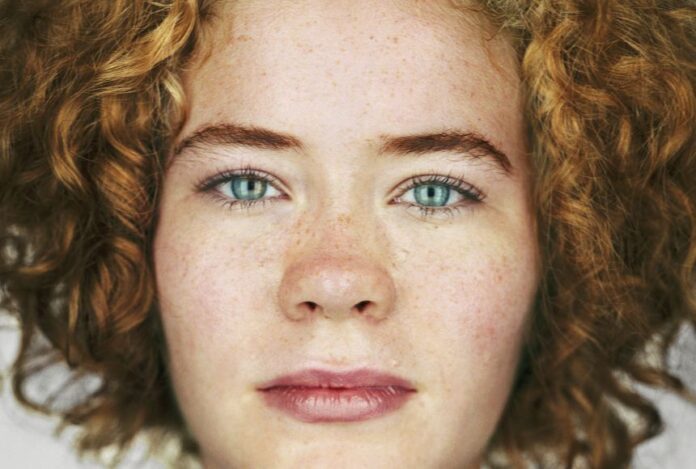
In addition to the skin types already mentioned, the complexion of the skin also plays a decisive role. The same applies to very distinctive eye colors. Thus, experts recommend that you avoid a light hair color with a light eye color. Instead, it is a good idea, for example, to further emphasize the light blue of the eyes with a dark hair color.
This effect is also achieved the other way around: If you have particularly dark eyes, you can set them off with a light hair color. A special feature in the area of eye color is the color green, which only occurs in less than one percent of the population. Here, a red or copper hair color is particularly suitable to set the scene for the extraordinarily green.
In the area of complexion, people with a pink skin tone should pay special attention to their hair color. Red tones in the hair are not recommended here by leading experts. The same applies to a yellow hair color for a yellow skin tone. In the area of complexion, the neutral skin tone once again comes out on top: people with a beige color tone can wear almost any hair color.
Color combinations create entirely new hues
For those who do not want to commit to one color, color combinations are suitable. This change is particularly suitable for extensions, where color effects can create a natural result.
Especially popular is the combination of the actual hair color with slightly lighter strands. These can also set new nuances completely independent of the eye color or skin type and create a completely new color play of the hair. Here we speak of “highlights”.
The opposite is formed by the “lowlights”. In contrast to the highlights, an even darker color is used than the actual hair color already provides. Accordingly, dark strands are inserted, often at the back of the head, which can further accentuate the hairstyle.
How much time is spent on aftercare?
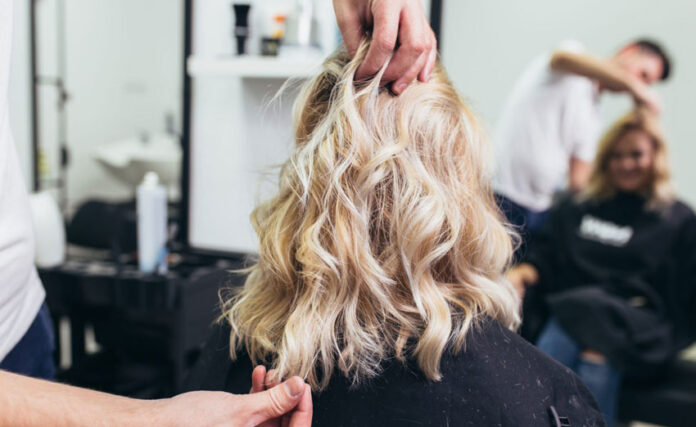
Anyone who has acquired a new hair color should talk to experts about the aftercare of the new hair. Hairdressers have a special expertise and ensure that the coloring lasts a long time and unfolds its full effect.
For example, in the case of red coloring, it is so that it requires a high level of care. Red hair must be regularly recolored, and often at the roots, To avoid this time-eater, the new color should be as similar as possible to the original hair color, to avoid further re-coloring.
In principle, however, the following applies: Better to advise twice than once too little.

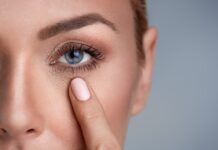
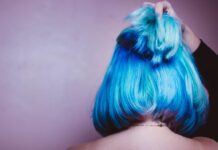




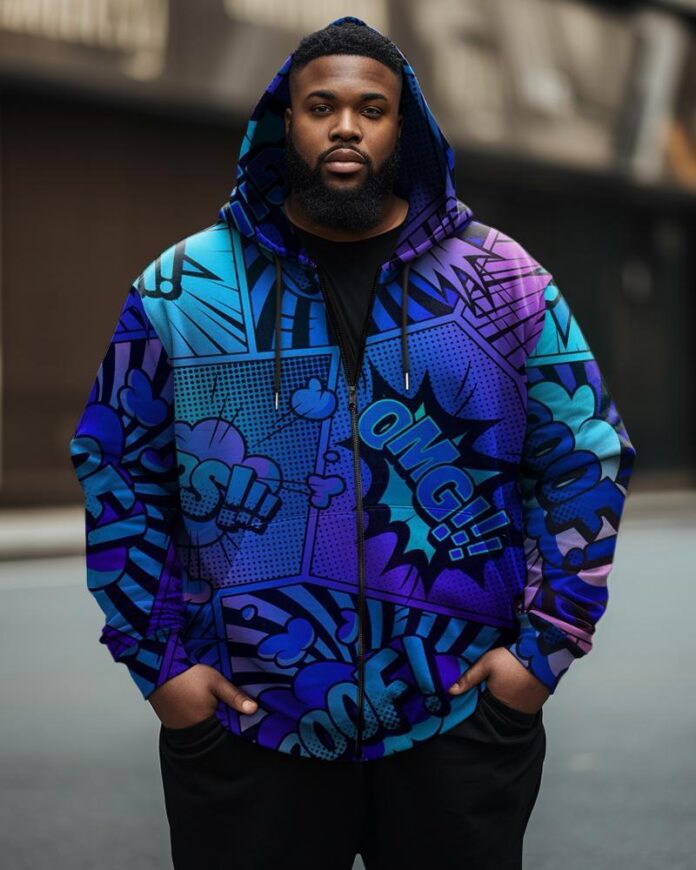







![16 Best Men’s Loafers 2023 [ BEST PREMIUM BRANDS ] best mens loafers](https://www.menshairstylesx.com/wp-content/uploads/2019/10/best-mens-loafers-1-100x70.jpg)
